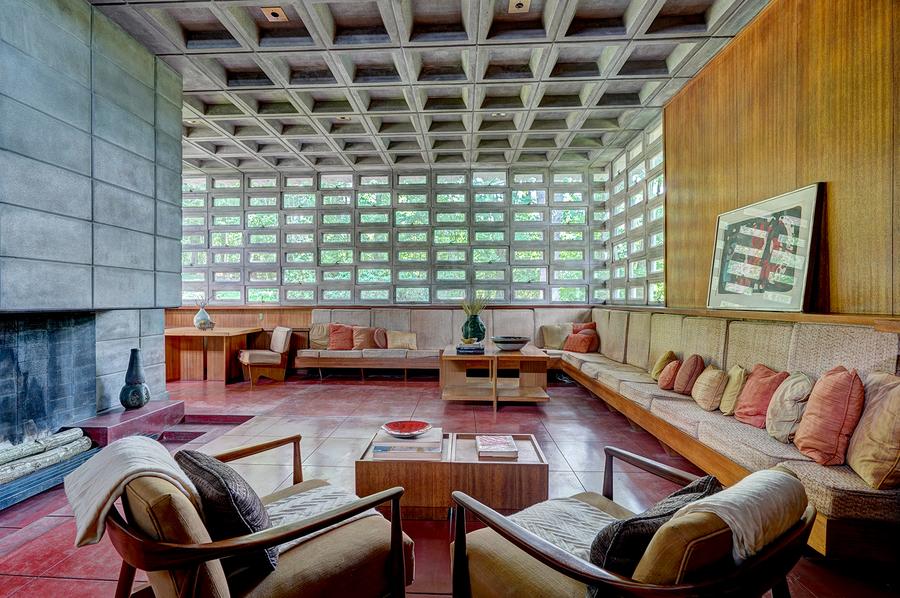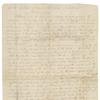A Forgotten Frank Lloyd Wright House Is Preserved for the Public
- MANCHESTER, New Hampshire
- /
- December 04, 2019

With the help of a donor, the Currier Museum of Art acquires a rare “Usonian Automatic” house by America’s most important architect.
The Currier Museum of Art has acquired a second home designed by Frank Lloyd Wright in Manchester, New Hampshire. It is one of only seven Usonian Automatic houses to survive. The museum now has two outstanding houses by America’s most important architect, making possible exciting new experiences for visitors.
An anonymous donor has provided the funds to purchase the house. The donor states: “It is a real privilege to be able to help the Currier Museum of Art acquire this house designed by Frank Lloyd Wright, known as the Kalil House. This is an important piece of American architecture and the public’s enjoyment of this house will be increased immeasurably by having the Zimmerman House just three doors down for comparison and contrast.”

“This generous donation is a tribute to the philanthropy in our state, and serves an example for others,” says Steve Duprey, president of the museum’s Board of Trustees. “We will start building an endowment to support the new programs around the house. The museum’s Board of Trustees is now considering a capital campaign.”
Together with the museum’s Zimmerman House, also by Wright, the new house establishes Manchester as a significant center of Wright’s residential architecture, while also offering immersive experiences beyond the museum’s walls.
“Frank Lloyd Wright intended his Usonian designs to be affordable to the broader American public, but each is a distinctive work of art,” states the Currier Museum’s director, Alan Chong. “Although they are about the same size and on the same street, the Zimmerman and Kalil houses are very different in character. Their architecture will inspire our audiences, not only fans of Frank Lloyd Wright, but participants in our programs devoted to Alzheimer’s patients, families affected by the opioid crisis, and military veterans.”
Frank Lloyd Wright designed only a handful of houses in New England. With the impending sale of the Kalil House, there was a real danger that it might be altered, moved away, or even torn down.

The house was built in 1957 for Dr. Toufic and Mildred Kalil, who followed in the footsteps of their friends and neighbors, Dr. Isadore and Lucille Zimmerman who had commissioned their Wright house in 1950. The Kalils should be credited with commissioning a striking house which is different in design and character from the Zimmerman’s residence. The Zimmerman House was left to the Currier Museum in 1988 along with an operating endowment.
The museum’s donor states, “I am particularly excited that the Currier Museum will be preserving and managing the Kalil House for generations to come. The work they have done with the Zimmerman House is outstanding and there is no doubt that they are the ones to entrust with this important piece of American history.”
The Usonian Automatic design predicts many aspects of open-plan modern homes. Wright used contrasts of narrow and wide spaces, and light and shadow to enliven the small two-bedroom structure. It is built of concrete components made in Manchester and mahogany imported from the Philippines.
New Hampshire residents as well as visitors from around the world will now have multiple doorways into the rich holdings of the Currier Museum – from its extensive collection of paintings and sculpture, to its special exhibitions, and now outstanding examples of American architecture.

270x400_c.jpg)























